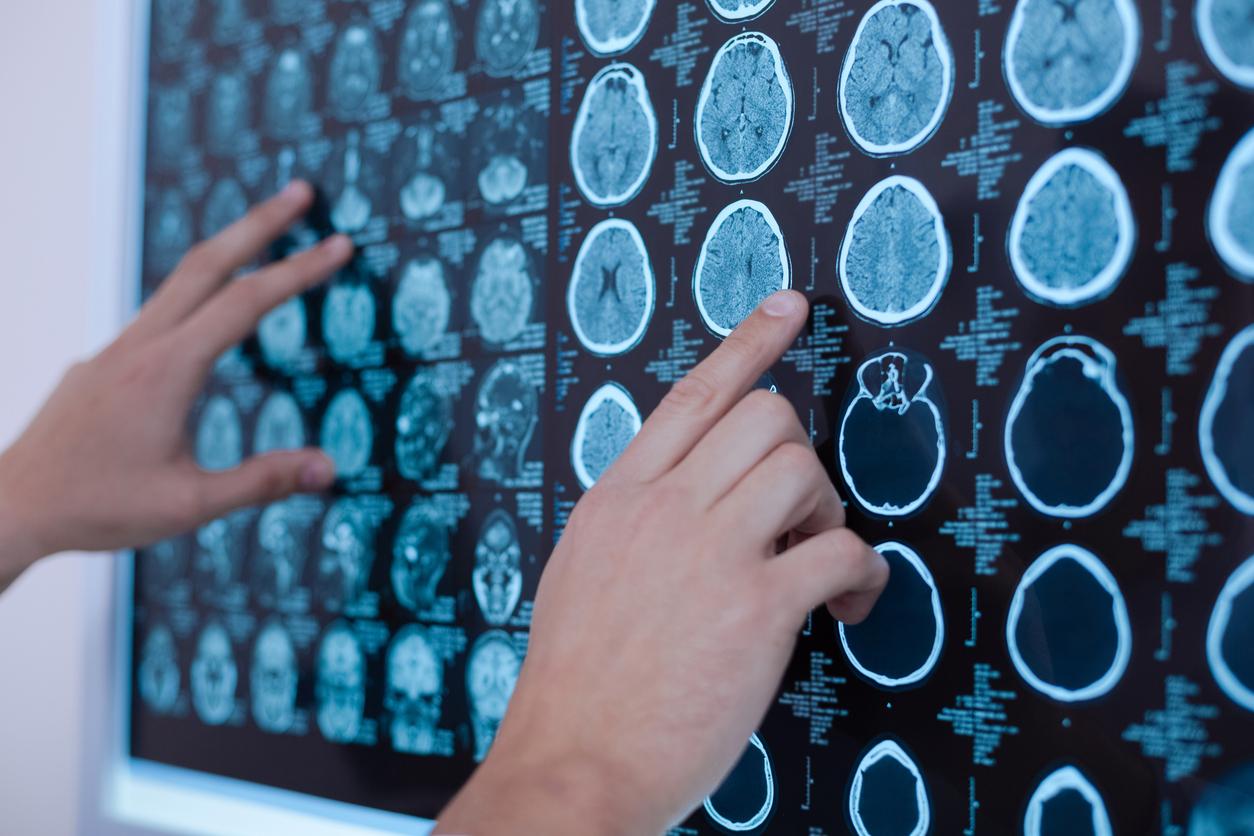Often mistaken for growing pains in children, leg pain can be a symptom of cancer. Knowing how to differentiate them can save lives.

“I could hardly believe it. At the height of his seven years, he was a little boy brimming with health and life; it was impossible to apprehend the idea that he was touched by such a terrifying disease.” Stacey Scorah, mom to a 7-year-old boy named Jayden, recounts in the Huffington Post the day she found out that her son had acute lymphoblastic leukemia and that he “needed to start chemotherapy as soon as possible”.
“He was very pale, and his legs hurt,” she recalls.. Four weeks after starting treatment, doctors realize that Jayden is reacting badly and that a more intensive protocol has to be opted for. “He couldn’t do anything on his own, not even eat. Now intravenously fed, he had also lost the use of his legs. “Months have passed and although Jayden is now in remission, his legs are still affected by the disease.” Currently he can walk with splints. and uses a wheelchair when he is too tired “.
Growth pains or cancer?
It is sometimes difficult to tell the difference between growing pains and those related to cancer in children. Statistically, a child complaining of leg pain after a day of sport has a 95% chance of suffering from muscle pain, a 5% chance that it is a rheumatological problem (or other) and 0.1% that it is cancer. . In short, leg pain is rarely suggestive of cancer, but it can be. In Mexico, a 4-year-old child with persistent leg pain, mostly occurring at night, died from a misdiagnosis. When yet another pediatrician finally diagnosed cancer, the disease had already affected the boy’s liver and other organs.
Knowing that sore legs can be a sign of cancer is therefore essential for prevention. In short, if the pain gets worse and the doctor has diagnosed your child with growing pains, do not hesitate to seek a second medical opinion.
Cancer and leg pain
One of the most common symptoms in people or children with cancer is fatigue. This can lead to anemia (that is to say a decrease in red blood cells in the blood) which leads to a decrease in the supply of oxygen to the tissues. The body then lacks energy, the patient feels weak and this “cancer fatigue” is sometimes accompanied by pain in the chest. legs. More precisely, venous disorders in the legs. These pains have been observed in several cases of cancer in all types of people: bladder, blood, bones or even ovaries. Knowledge can save lives.

.
















